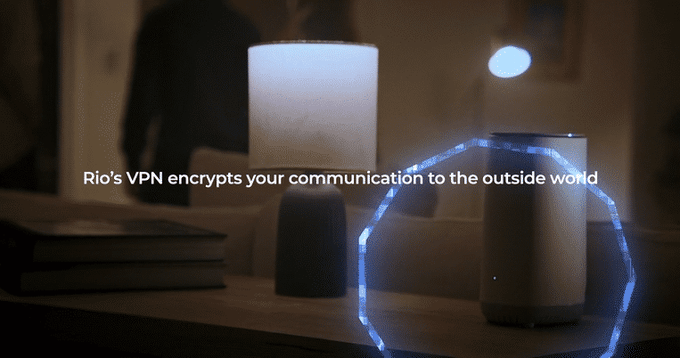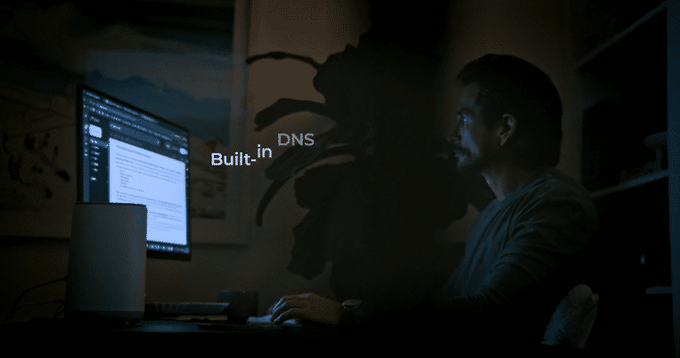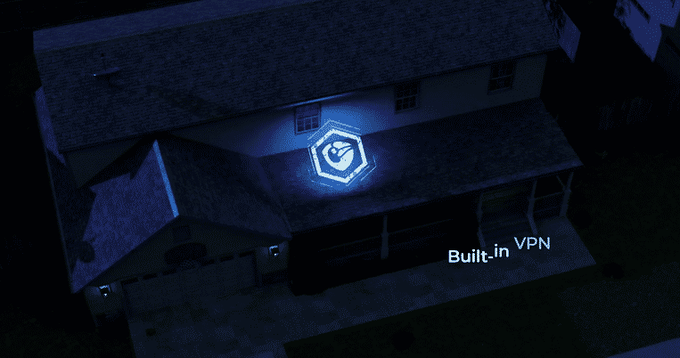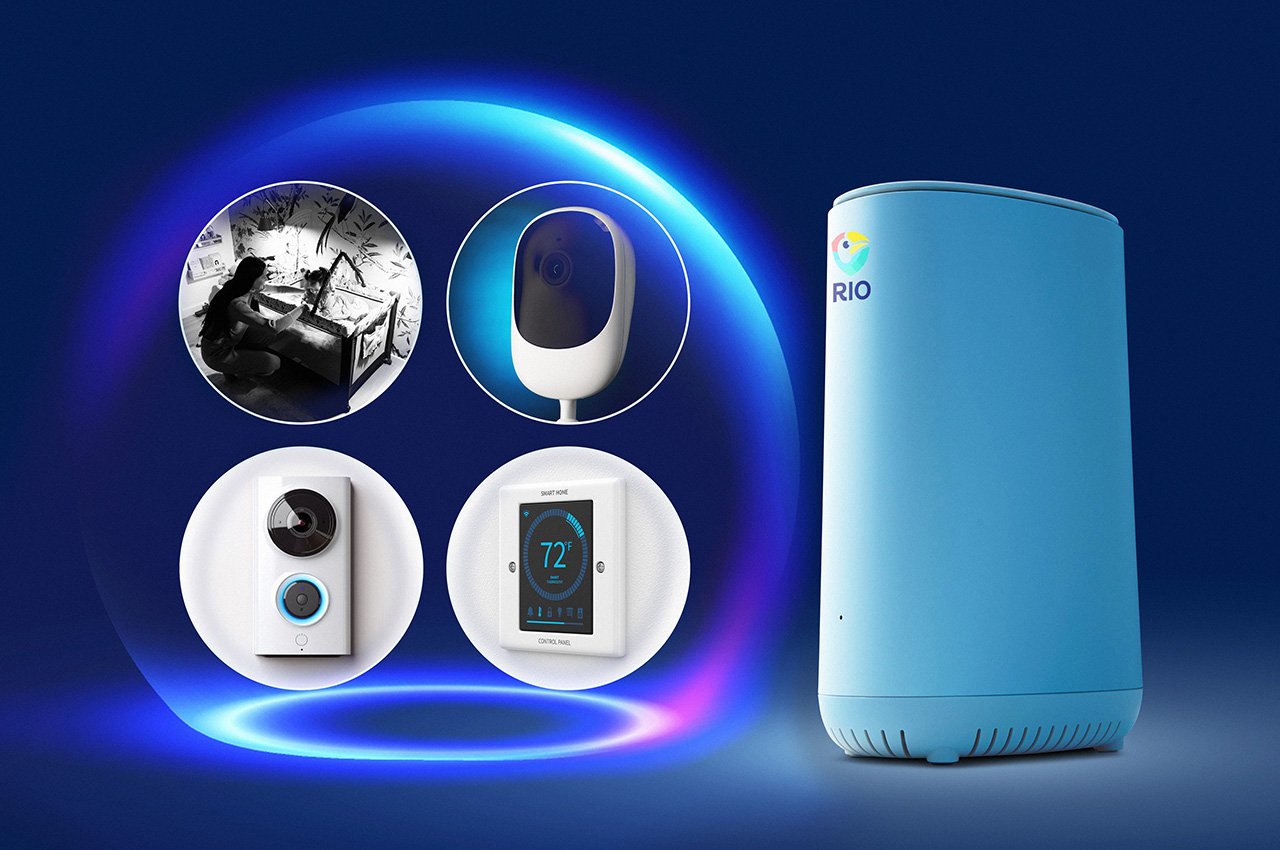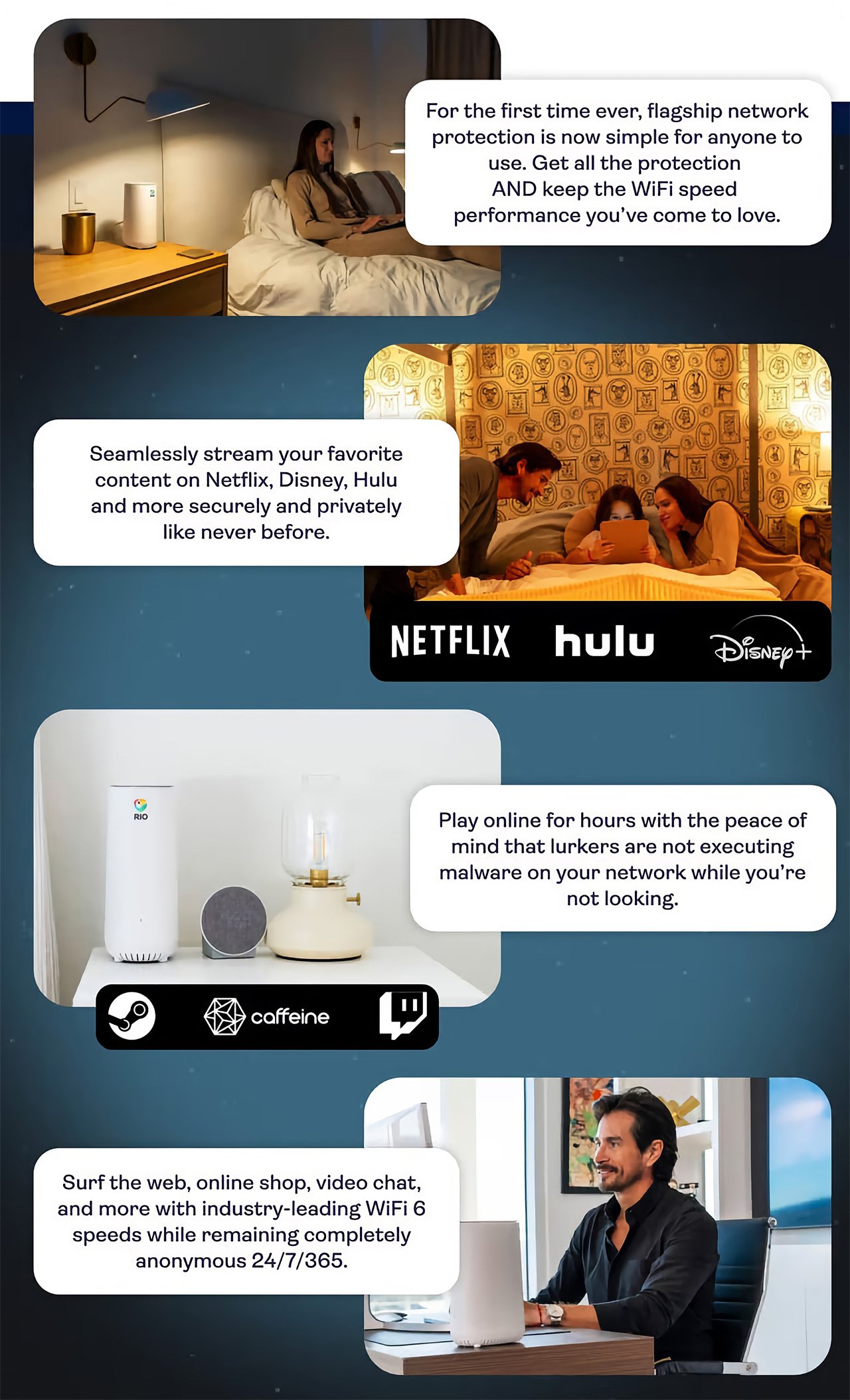The Rio system, developed by executives at Foxconn, Intel, PC Matic, and InFocus transforms an ordinary WiFi router into a fortified security hub, aptly dubbed the “Fort Knox” of WiFi routers. This transformation addresses a significant vulnerability in personal internet security: the simple fact that traditional routers are protected by only a password, which has become an inadequate defense against cyber threats.
Designer: Rio Router
Click Here to Buy Now: $299 $549 ($250 off). Hurry, only 9/355 left! Less than 72 hours left.
Rio advances beyond basic security measures by incorporating features that control device access on a granular level. It only allows devices that have been pre-approved by the user to connect to the network. Any unapproved device attempting to connect is isolated in a holding area until explicitly allowed by the user via the Rio app. This proactive monitoring and approval system mimics the security checks of a VIP club bouncer, ensuring that only verified devices gain entry and interact within the network.
The company states that “Rio creates a secret code that hides and protects everything about your gadgets when they’re online. It scrambles up their names, where they are, and what they’re saying, so nobody can snoop on your online life.”
This indicates that advanced encryption is used to enhance the privacy and security of communications across your network by obscuring details about connected devices. This encryption safeguards device identities, physical locations, and communication data, ensuring that even if hackers intercept this information, they cannot understand or utilize it without the necessary decryption key, which is securely held by the Rio system and its legitimate users. This process is crucial for preventing potential eavesdroppers from accessing sensitive data, thereby protecting your network even if it is compromised and ensuring that privacy and security are maintained at all times. Given that a startling 80% of consumers have reportedly had personal information leaked onto the dark web, such encryption is beneficial and essential for safeguarding personal data against cyber threats.
This system adopts a method similar to a digital fortress. Using SecureRoom technology segments the network into up to 16 distinct compartments. Each compartment is isolated, preventing a compromised device from affecting the entire network.
technology segments the network into up to 16 distinct compartments. Each compartment is isolated, preventing a compromised device from affecting the entire network.
Additionally, the Rio system is equipped with smart DNS and web filtering capabilities that proactively prevent access to suspicious or harmful websites, enhancing overall online safety. The Rio app facilitates real-time alerts and management, giving users complete control over their network from anywhere in the world.
Moreover, Rio addresses common household concerns about internet safety with built-in features that filter out unsafe web content and block potential phishing sites, creating a safer browsing environment for all family members. Its sleek design and easy setup mean that Rio protects and integrates seamlessly into your home or office environment.
Rio’s guest mode feature improves home WiFi security by providing visitors with a separate access point, making sure the main network stays protected. Whether hosting family gatherings, client meetings in home offices, community events, or children’s playdates, Rio connects each guest to the internet through a special “guest room.” This setup protects your primary network and offers guests convenient and temporary WiFi access. Once they leave, Rio automatically revokes their access, and if they need to reconnect, they must ask permission, effectively acting like a security guard for your WiFi. This seamless integration of guest access into your home network provides both protection and ease, accommodating a variety of hosting scenarios without compromising your network’s integrity.
Rio’s intuitive interface in its mobile app enhances the user experience by simplifying network management. Users can effortlessly adjust settings, monitor network activity, and switch geographic locations without the complexity of traditional VPN configurations. This feature is particularly valuable for users who enjoy international content or travel frequently, as it provides continuous access to home services. Also, Rio allows users to watch shows and movies from anywhere in the world without needing to set up a VPN on each device. Just connect to Rio, and instantly, your internet presence is invisible, assuring that your smart gadgets like Alexa, thermostats, baby monitors, cameras, and doorbells remain hidden from prying eyes, keeping your internet life private and safe.
Click Here to Buy Now: $299 $549 ($250 off). Hurry, only 9/355 left! Less than 72 hours left.
The post Upgrade Your WiFi with Unmatched Privacy and Safe Connectivity at Home or Anywhere in the World first appeared on Yanko Design.


